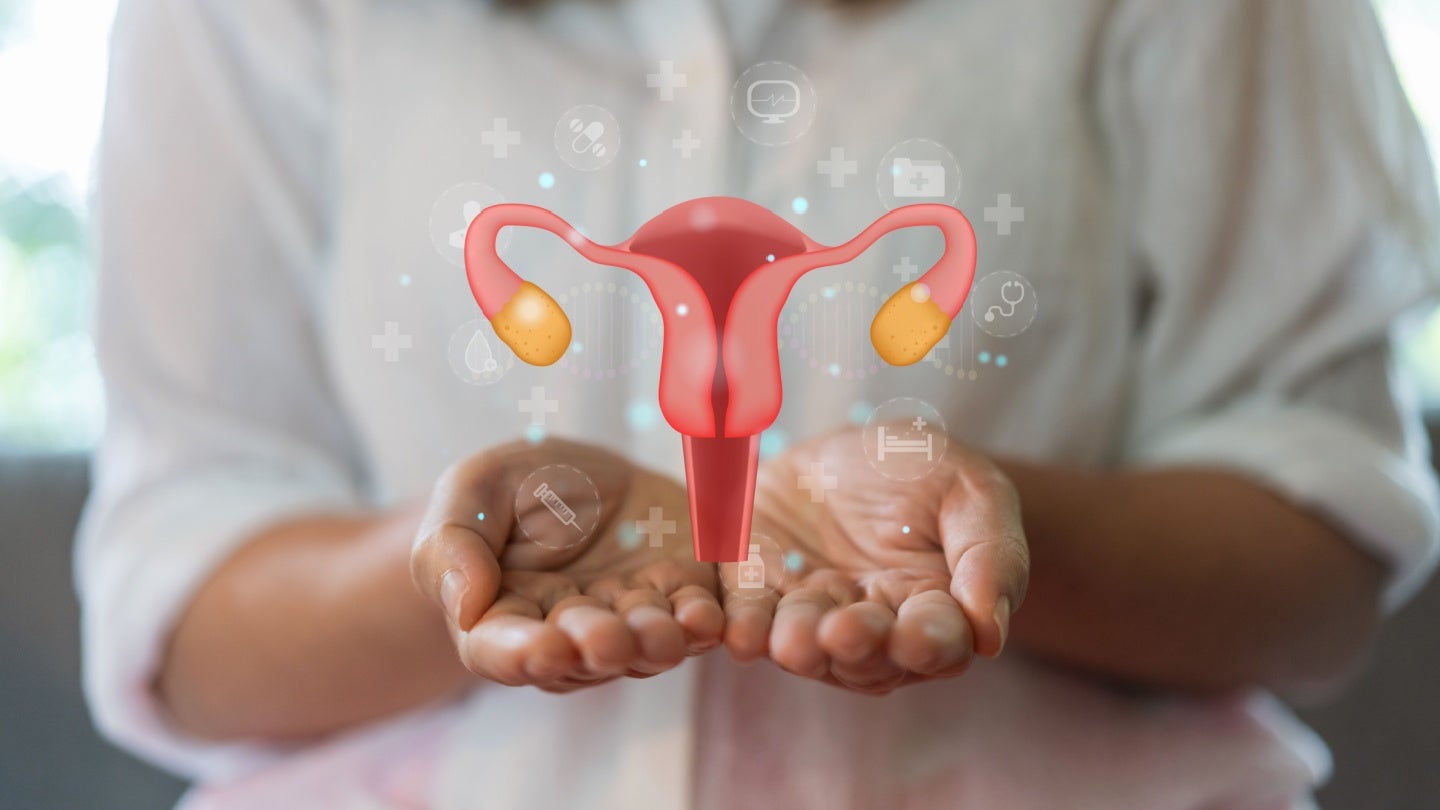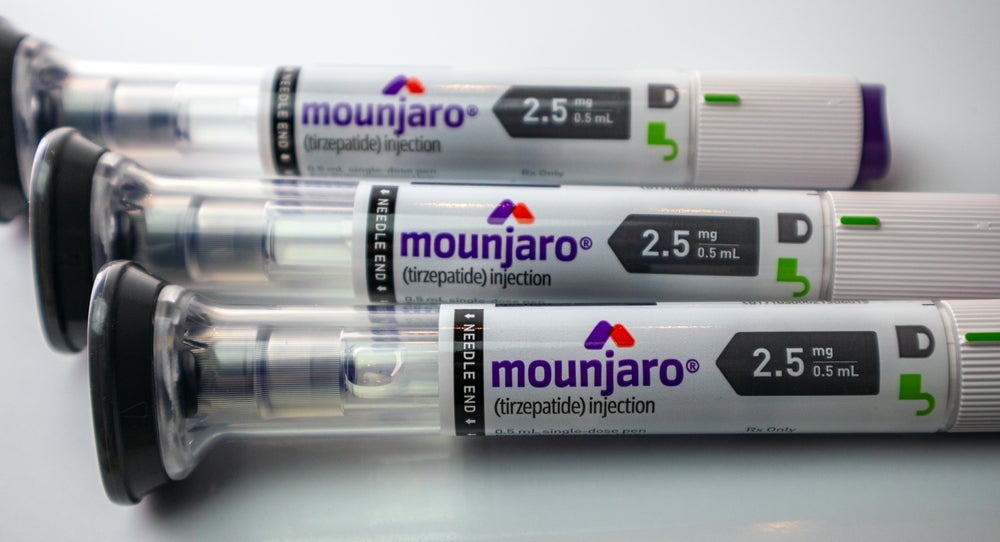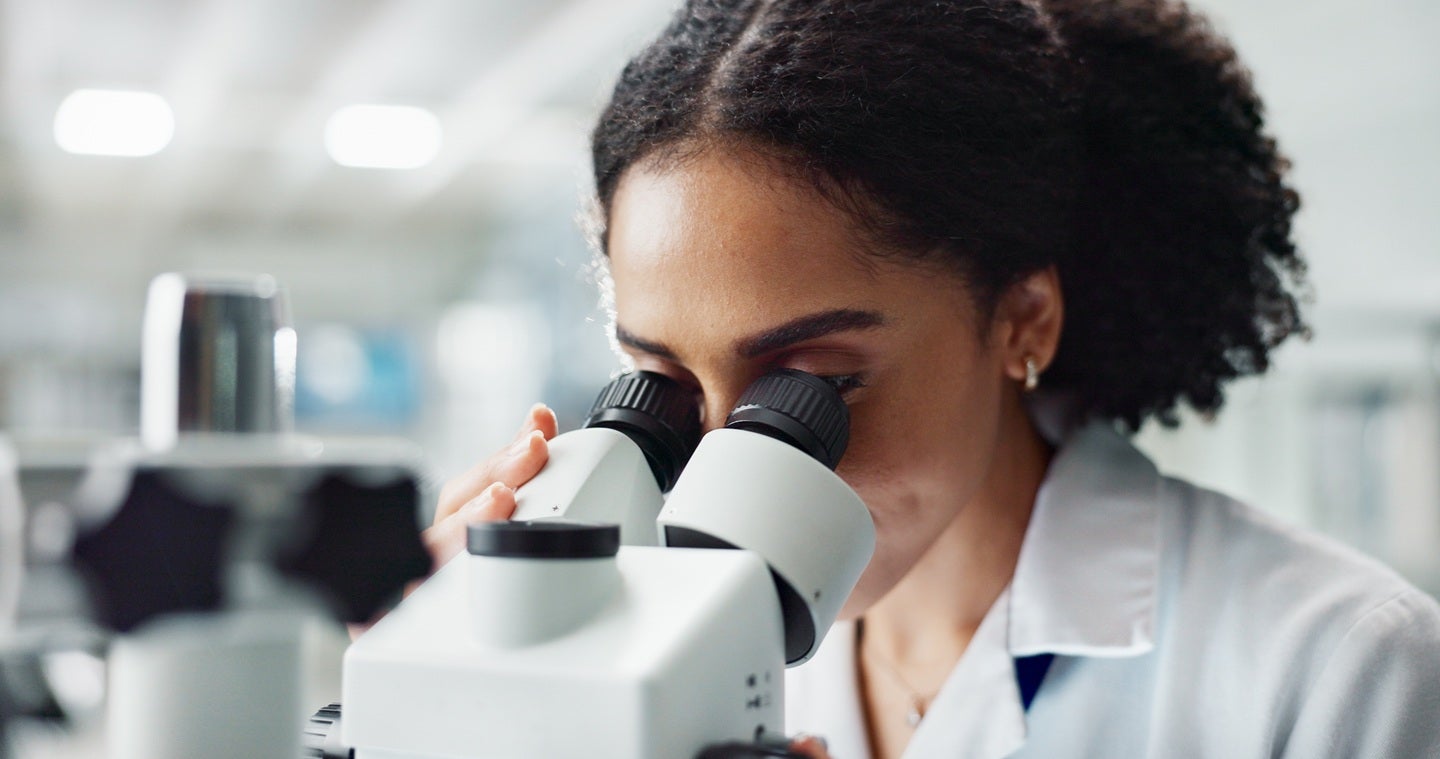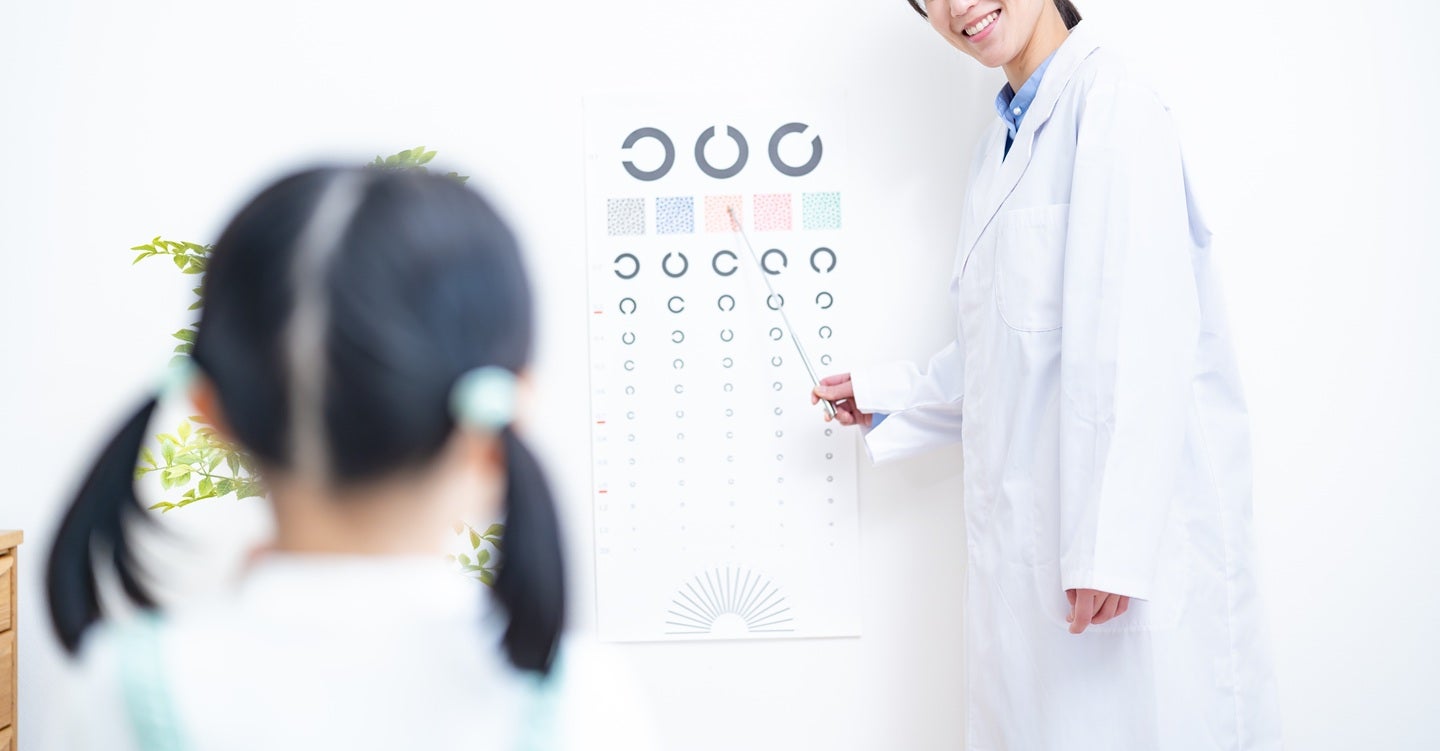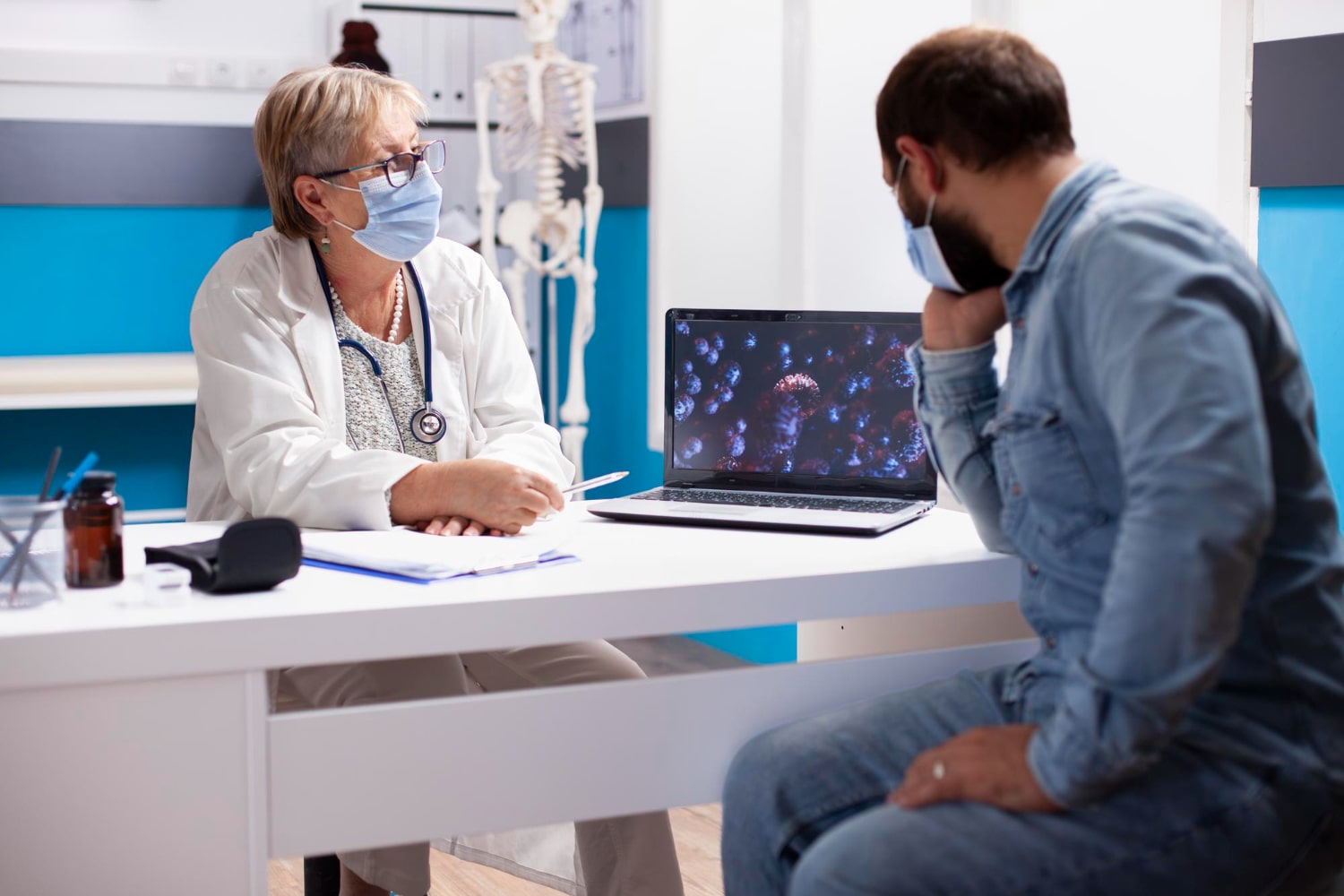Final Human Brain Project Summit closes with a vision for the future of digital brain research
The ten-year European Flagship Human Brain Project (HBP) links brain research with computing and technology in a large-scale, interdisciplinary approach. During the HBP Summit, researchers presented the abundant scientific achievements of the project and the legacy that it will leave for the research community. With the project approaching its conclusion in September 2023, a focal […]

The ten-year European Flagship Human Brain Project (HBP) links brain research with computing and technology in a large-scale, interdisciplinary approach. During the HBP Summit, researchers presented the abundant scientific achievements of the project and the legacy that it will leave for the research community. With the project approaching its conclusion in September 2023, a focal point of the final HBP Summit in Marseille was the discussion of the future of digital brain research.

Credit: Maarten Schuth
The ten-year European Flagship Human Brain Project (HBP) links brain research with computing and technology in a large-scale, interdisciplinary approach. During the HBP Summit, researchers presented the abundant scientific achievements of the project and the legacy that it will leave for the research community. With the project approaching its conclusion in September 2023, a focal point of the final HBP Summit in Marseille was the discussion of the future of digital brain research.
One of the lasting contributions of the project is the research infrastructure EBRAINS, which provides open access to advanced technologies, tools, data and services for brain research and will remain available to the scientific community beyond 2023. During the four-day summit, scientists from all over Europe demonstrated how EBRAINS has already advanced their research.
“Work that took me two days in the past now takes me only ten minutes,” said neuroscientist Nicola Palomero-Gallagher from Forschungszentrum Jülich and the University of Düsseldorf. “I work with the human brain atlas on EBRAINS, which includes enormously large data – highly resolved digitized sections of the brain – that you cannot just handle on your normal laptop. You need supercomputers. In the past, these haven’t been easy to access. Now, this has really been simplified, and I can access and work with the data from anywhere in the world – and so can any researcher in brain science!”
The Human Brain Project has had a fundamental impact on the way brain research is carried out. A strong network of interdisciplinary researchers has formed to study the complexity of the human brain in a large-scale collaborative effort. During the Summit, which was also attended by many researchers from outside the HBP, it became clear that this network over the years has grown far beyond the boundaries of the project. “There is an opening towards the community,” said HBP researcher Viktor Jirsa from Aix-Marseille University, local host of this year’s Summit, during the panel discussion about the future of neuroscience. “A project, by definition, always has a beginning and an end, but what we are seeing now at the end of the Human Brain Project is continuing,” Jirsa said regarding the collaborative approach.
“We have all come out of our silos,” commented neuroscientist Stephanie Forkel from Radboud University in the Netherlands during the panel, which included representatives of large research initiatives from Japan, the US, Canada and Europe, who all stressed the importance of international collaboration for the future advancement of brain research.
The discussion about the future of neuroscience, which culminated at the HBP Summit this week, had already begun months earlier: In a collaborative effort, 98 researchers from 16 countries drafted a position paper outlining a common vision for the future of digital brain research. The paper had been initiated by a group of scientists of the Human Brain Project and put up for discussion on the platform Zenodo. Comments from many researchers around the world were integrated over time. Around one third of the authors of the most recent version are from outside the HBP community. “The idea of our vision paper was precisely to open up this discussion and make it fully inclusive. It is important to go beyond the HBP community and capture all the elements of future digital brain research,” said Katrin Amunts, Scientific Research Director of the HBP.
The latest version of the paper “The coming decade of digital brain research – A vision for neuroscience at the intersection of technology and computing” has been published shortly before the Summit, and an executive summary of the paper was handed over to the Directorate‑General for Communications Networks, Content and Technology of the European Commission during the event.
“The open community discussions showed us quite clearly where many of the major developments and needs of brain research converge at this point in time,” said Katrin Amunts. “Our paper describes the areas of research that we see for the coming years, the needed instrumentation and the central opportunities.”
“In the Human Brain Project, we pioneered connecting neuroscience with digital technologies on a very large scale to investigate the complexity of the human brain,” Katrin Amunts said. “Major achievements have come out of this approach, like world-leading 3D brain atlases, breakthroughs for personalized medicine based on computational brain modeling, brain-derived AI and computing that provides a new path for technology, and many more. These are advances to be further built upon.”
“A systematic approach will be essential to meet the pressing medical and technological challenges of the coming decade,” said Katrin Amunts.
Further links:
Final Human Brain Project Summit – Achievements and future of digital brain research
https://digital-strategy.ec.europa.eu/en/news/final-human-brain-project-summit-achievements-and-future-digital-brain-research
Booklet and Spotlight Brochure on HBP scientific advances
https://www.humanbrainproject.eu/en/science-development/scientific-achievements/brochures
What's Your Reaction?







